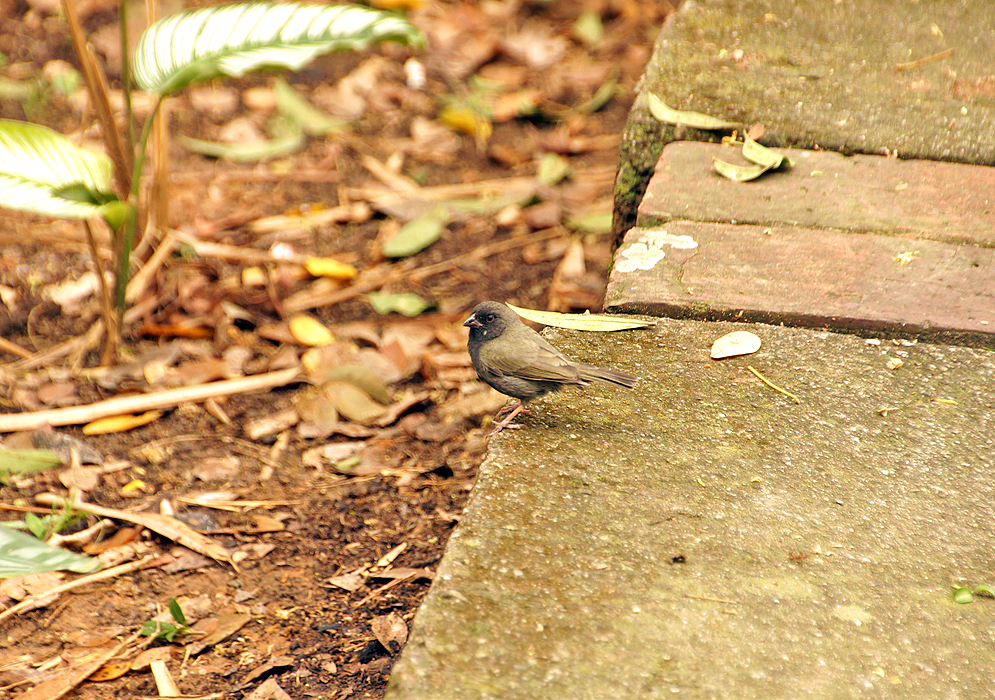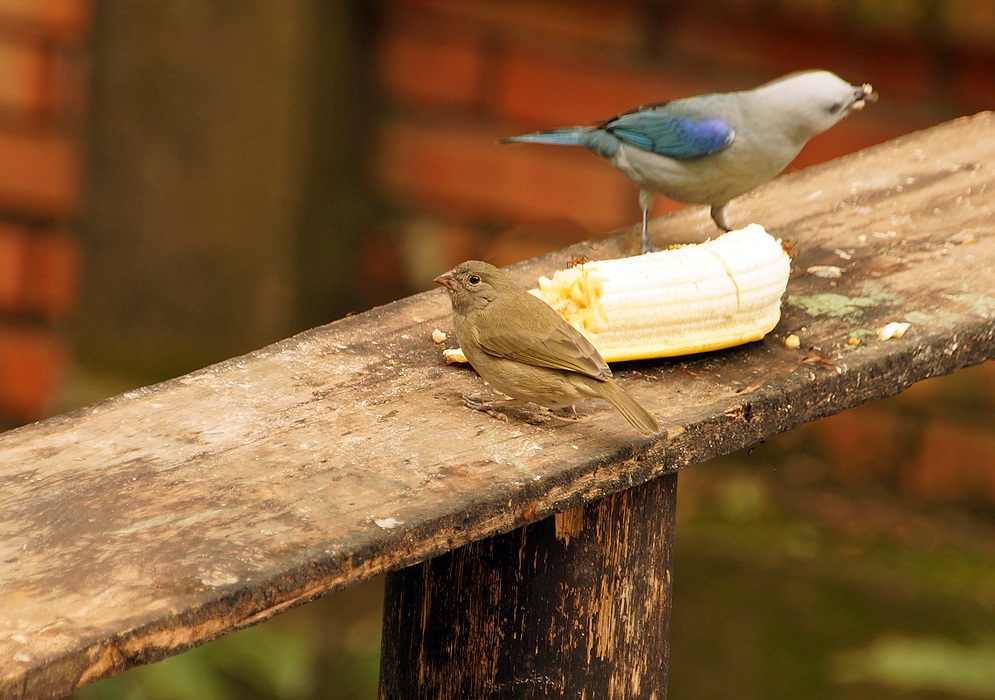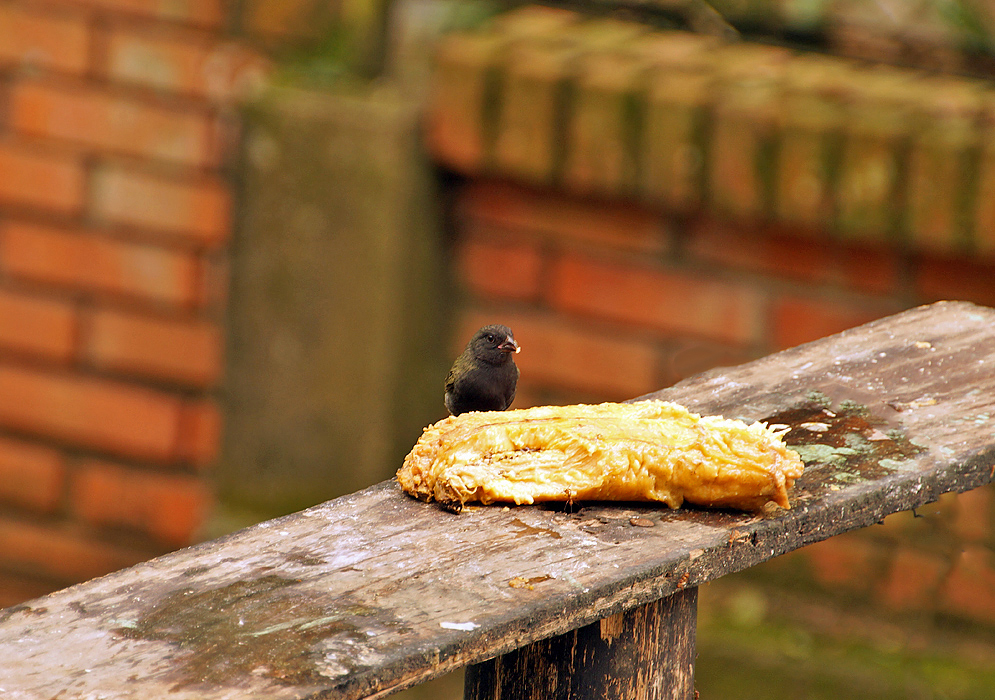This post has 11 Simple Fields-fields attached. Show fields.

The Black-faced Grassquit, is a small tanager species closely related to Darwin's finches. It primarily inhabits the West Indies, excluding Cuba, and is found on Tobago (but not Trinidad), and along the northern coasts of Colombia and Venezuela. This bird has adapted well to various environments, including urban areas, rural gardens, plantations, arable land, and even heavily degraded former forests. A typical male Black-faced Grassquit is about 3.9 inches long and weighs around 0.35 ounces. It has a distinctive appearance with a conical black bill, black head, and breast, complemented by an olive-green back. Females and immature birds exhibit dull olive-grey upperparts and head, with paler grey underparts that become whiter on the belly. As for its diet, the Black-faced Grassquit primarily feeds on seeds, particularly those of grasses and weeds, and occasionally consumes fruits, berries, and small insects, especially during the breeding season. In terms of nesting, this species prefers long grass or scrub in open or semi-open areas, including roadsides and rice fields. They construct domed grass nests, lined with finer grasses, and typically placed low in a bush or on a bank. The usual clutch consists of two or three whitish eggs blotched with reddish brown. The Black-faced Grassquit is currently classified as of "Least Concern" by the IUCN.







